The Atacama Desert in Chile might not be the first place you would consider heading in order to take part in a gravel race. Jorge Padrones ignored his preconceptions and headed there recently and discovered stunning landscapes, friendly locals, characterful accommodation and an event with plenty of challenge. Read on to find out more.
It sounds challenging and it is. It may not even sound very appealing, but it has a trick. The Atacama desert in Chile has a coastal part which embraces the Pacific Ocean and it is totally different to other deserts. Just looking to the pictures can give you an idea of the magnific landscapes the race pass through. Undoubtedly a unique combination.
The Atacama Spirits gravel race crosses Chile’s coastal desert from south to north. On our trip up the coast we experienced continuous landscape changes with every stage. In some of them we got into the pure desert as we left the ocean and headed inland.
In the past, in other races I have said they were a trip with a race inside. In this race, the right thing to say would be that it is holiday with a race within it. The organisers have laid on many activities around the race which are focused on experiencing the environment and its culture, including the gastronomy.
We were welcomed by the organisation at La Serena airport, who then took us to a nice resort where we built our bikes. Later, we set off from the resort for a quick spin to test the bikes and to get to know the area, which included a 15 km bike lane on the coastline. In the evening we had the briefing and we got our numbers an kits.
For the first stage, we were taken to the start line by a shuttle. This is just one of the distinctive factors in this race - the organisation wanted to minimise as much as possible riders transiting on roads shared with traffic. They prefer to arrange all the shuttle logistics in order to ensure participants’ security.
The first stage was not an appetiser, it was a main course, covering a distance of 140 km and including 1000 meters of elevation gain. It gave us an idea of what we could expect every day. We rode on a good mix of surfaces, with some tarmac, some champagne gravel, some rough gravel with sandy terrain and the so called ‘calamina’, a regular rugosity [corrugations – Ed] on the terrain that shakes you and your bike. Some parts were along the coast, gifting our eyes with nice images. At the end of the stage, we arrived in Chañaral de Aceituno , a small village by the sea in which we stayed in some cozy cabins just meters apart from the sea.
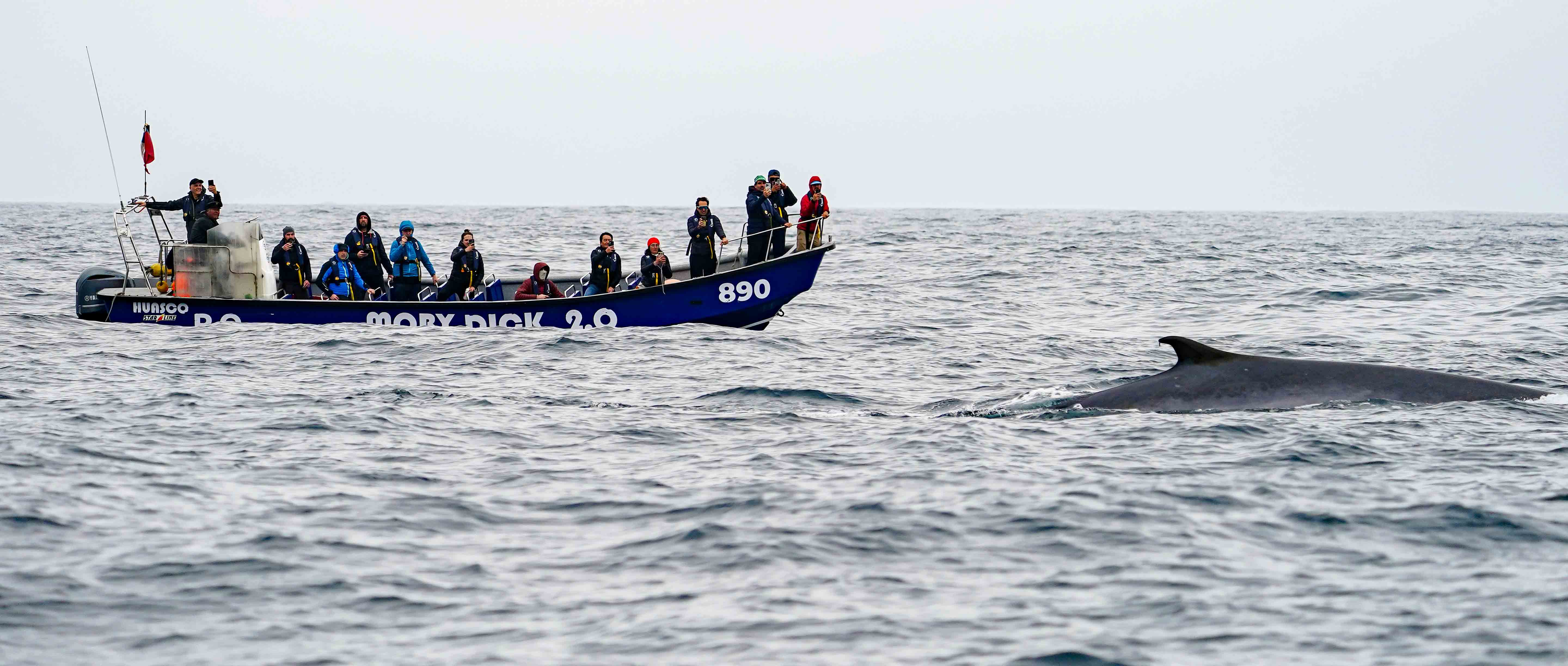
Chañaral has a tradition which has to do with whales - it is very common to see whales close to their coast. The second stage was set to start in the afternoon, while in the morning the organisation took us to a boat trip of around two hours in which we could spot whales, sea lions and penguins. For me it was the first time I had seen a whale and I was amazed about its size, something not easy to describe.
After our boat trip, we had some fresh fish for lunch and then we were taken to the start line of the second stage. The stage was a short and sharp 65 km, in which the speed was really high. The stage had a simple route profile - 30 km of climbing and the rest downhill. It had a painful kick start, some good gravel and a small section of singletrack. The wind arrived as special guest on this stage and throughout the afternoon, in continued to increase in intensity.
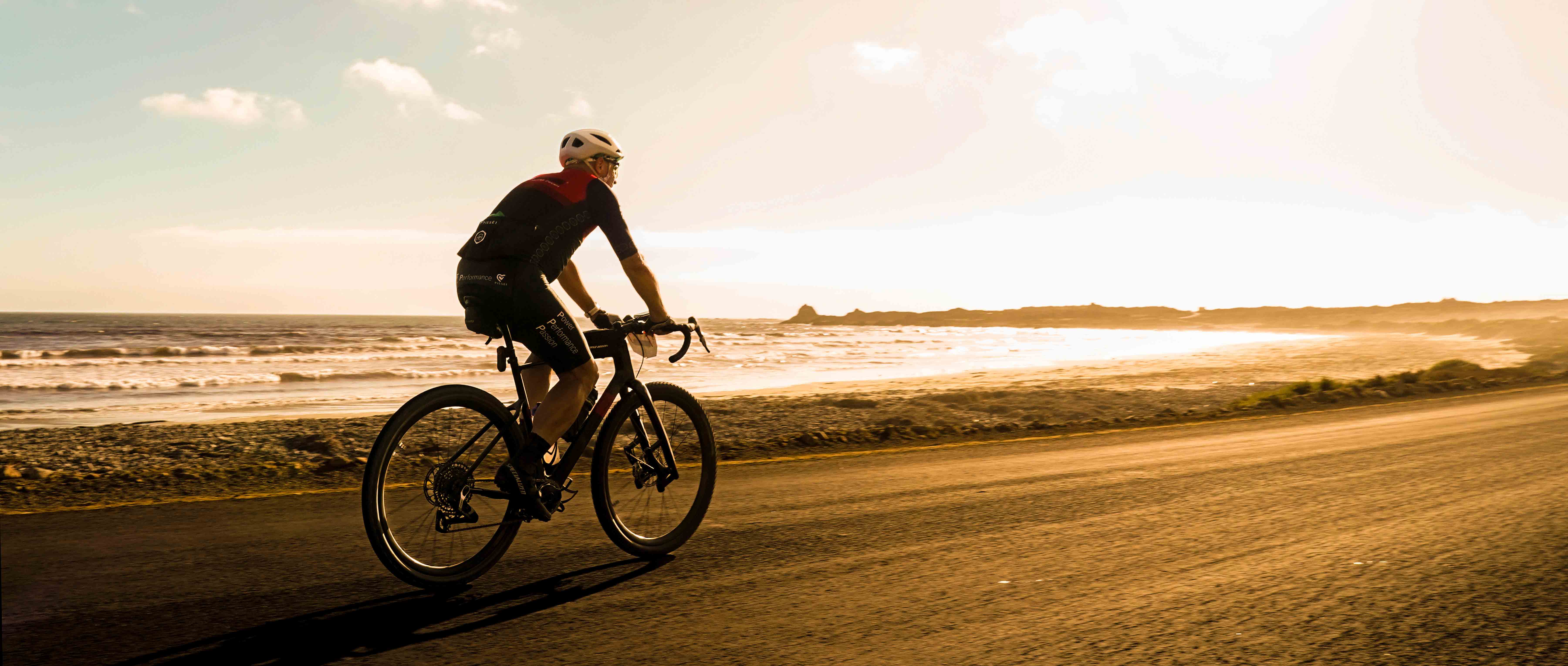
Again overnight we rested in some cabins and had a communal dinner. Stage Three was really beautiful and were we could see some of the best scenes of the coastal desert with a course that for many kilometres took us very close to the water. The route had continuous ups and downs taking us very close to the waves as if we almost could surf them with our bikes. The stage had an apotheosic finish, again by the beach, with some kilometres of sandy terrain that made it hard to get to the finish line and in which the first of the General Classification (GC) riders attacked each other to gain some time difference. On our arrival again, beautiful seafront cabins with amazing views awaited us and we had a swim on the cold Pacific waters.

We spent the afternoon just chatting and contemplating the sunset as beautiful as it gets in a secluded beach by the Pacific. Also we enjoyed the communal dinner with no rush as the next day there was no competition, but some biking was on the plans the rest was a secret agenda the organisation had ready for us.
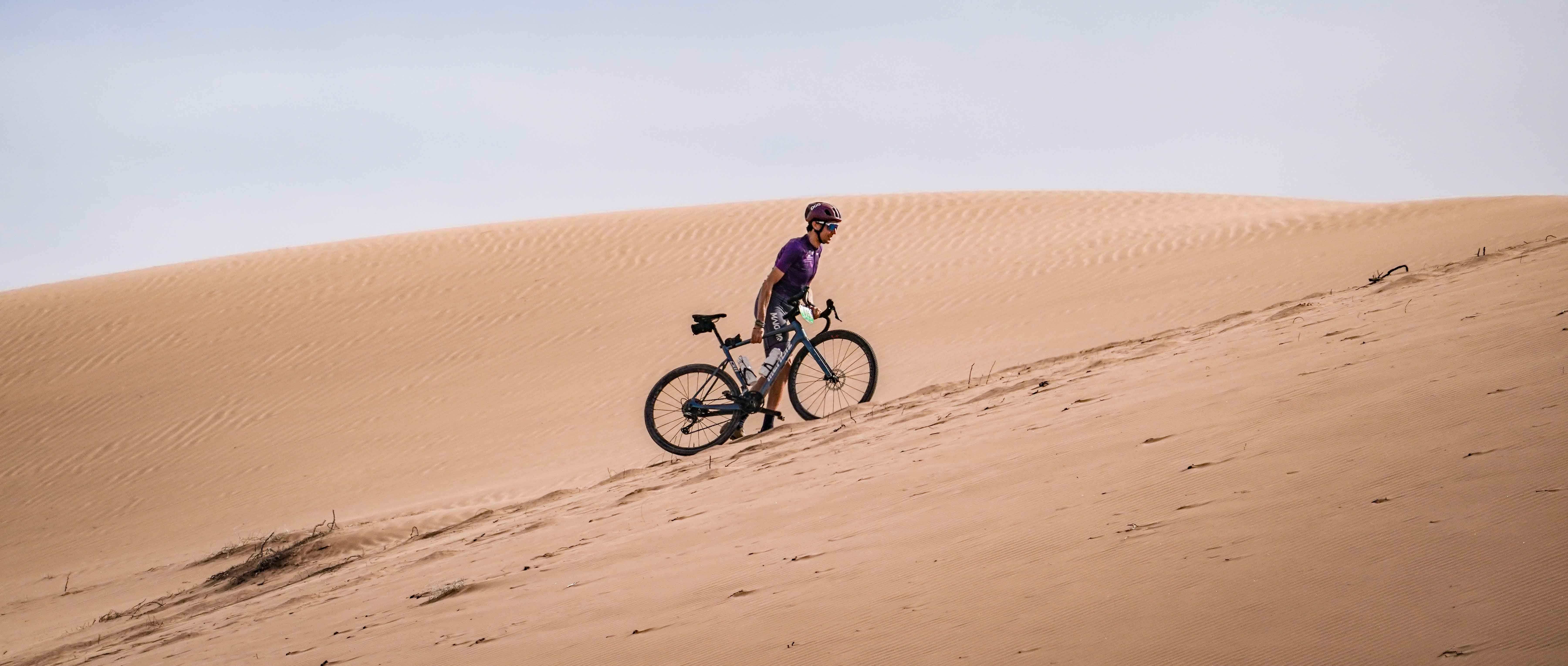
After a slow start and a late breakfast we were told to have our bike kits at hand and were taken to the first surprise of the day. We went for lunch to an old hacienda surrounded by vineyards which had been turned into a very trendy and posh restaurant in which we could enjoy some of the best typical dishes of the region. After lunch and with our bike kit, on we went to some of the highest sand dunes in the country, which we could enjoy with our bikes and ride around. But still we had other surprises to come, the first one was a visit to the mine in which 33 miners were trapped for two months and one of the miners told us the story and was our host to the visit, but more surprises were to come.

The next surprise of the secret agenda was a night ride through the Pan de Azúcar national park. There was no timing and it was optional for those who felt like doing it. With almost 30 km by the sea on a full moon night, it was one of the best ever rides, because of the perfect setup and environment. A dome tent literally on the beach was my lodging for the night. The last but not least surprise of the day was having freshly caught Dorado fish for dinner cooked by the local fishermen, as fresh as it gets, something which cannot be expressed with words. For this race organisers, it is very important for participants to interact with the local communities and to show the riders the lifestyle and culture of these places and its people.
On the fifth day, it was time for the Queen Stage with 143 km of distance to cover and almost 3000 meters of accumulated elevation. While we all thought this was the right day for an easy start, it was not. Things on the GC were still to be decided, so it meant attacks were seen right from the first kilometre. The culmination of the stage was the Leoncito climb, a full desertic sandy climb in a totally remote area.
The finish line was on the village of Cifuncho, another beautiful beach by the Pacific Ocean, where we had a swim just on our arrival even still wearing our cycling apparel. Then we were taken to one of the most luxurious places I have been while in a cycling race – some beautiful and modern cabins just hanging on a cliff by the ocean in Taltal, where we will spent our next two nights as the race was coming to a finish the next day.
The last stage was neither short or easy, 101 km in length with 1500 elevation meters that took us into the heart of the desert. We headed inside the desert to an old and abandoned mining village to reach its cemetery where the Atacama Spirits are still around in a surreal landscape of solitude and desert. The wind made our way more complicated and we did not have the luck on our side as it changed as we were out on the course meaning we had it in front of us for the whole day.
The last finish line was in the beautiful village of Tal Tal where the whole population was on the streets to receive us and there was even a cycling parade with all the kids and parents was a really nice reception to see how they engaged with the race.
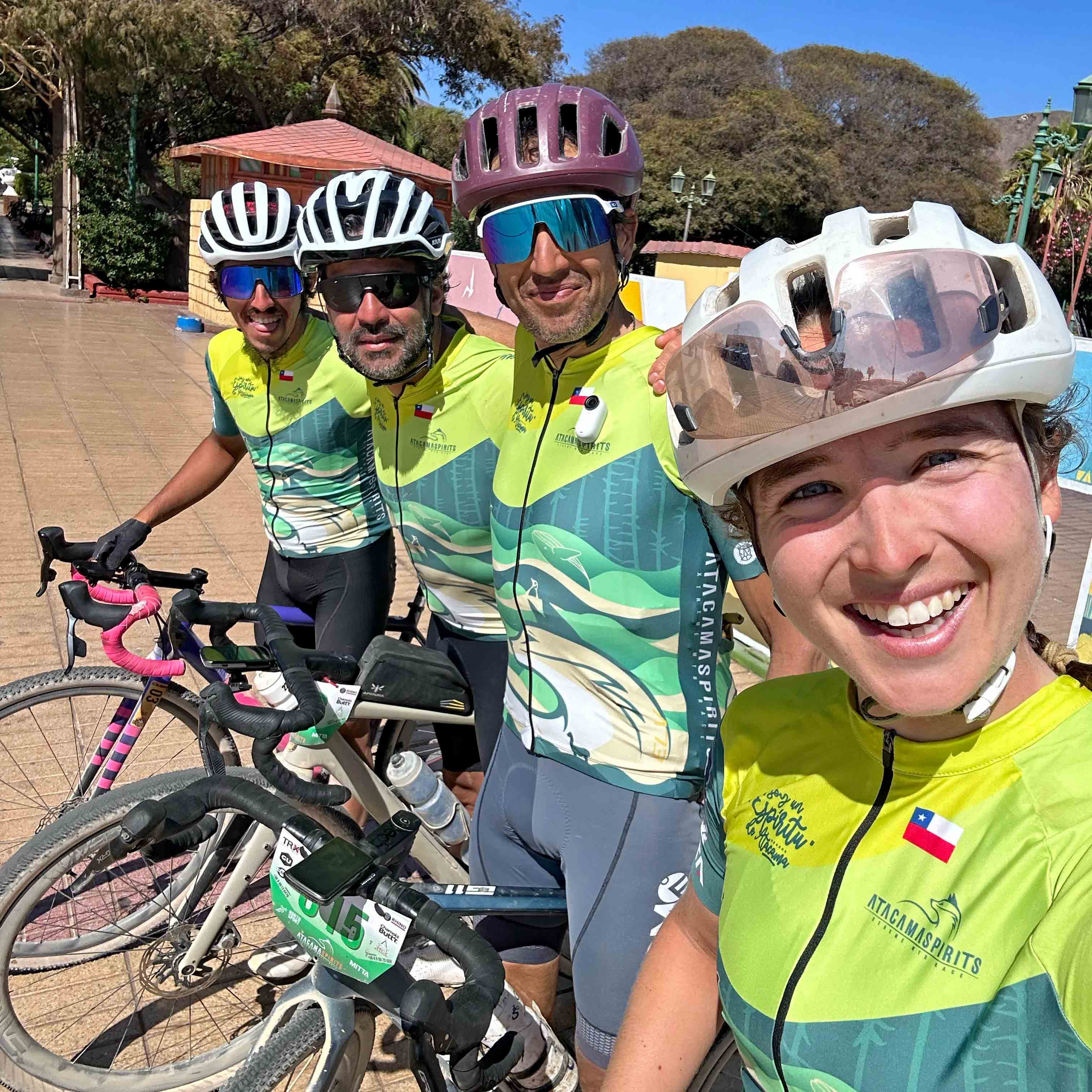
After some rest on our luxury cabins, the final party was awaiting us, dinner, prize ceremony and overall the feeling that we were a family who were celebrating, our desert family now that we have become Atacama Spirits.
The race was over, but not for the organization who took us to the next big city where we all could continue our travel plans. Usually in every race you are left where the race ends and you have to make your own transportation arrangements to fly back home, while here they take you to the next airport which was some hours from Tal Tal.
In my case given the proximity I went to do some tourism in San Pedro de Atacama from where I took a three day trip to the Uyuni Salar, the biggest salty desert in the world, which was totally worth the extra effort.
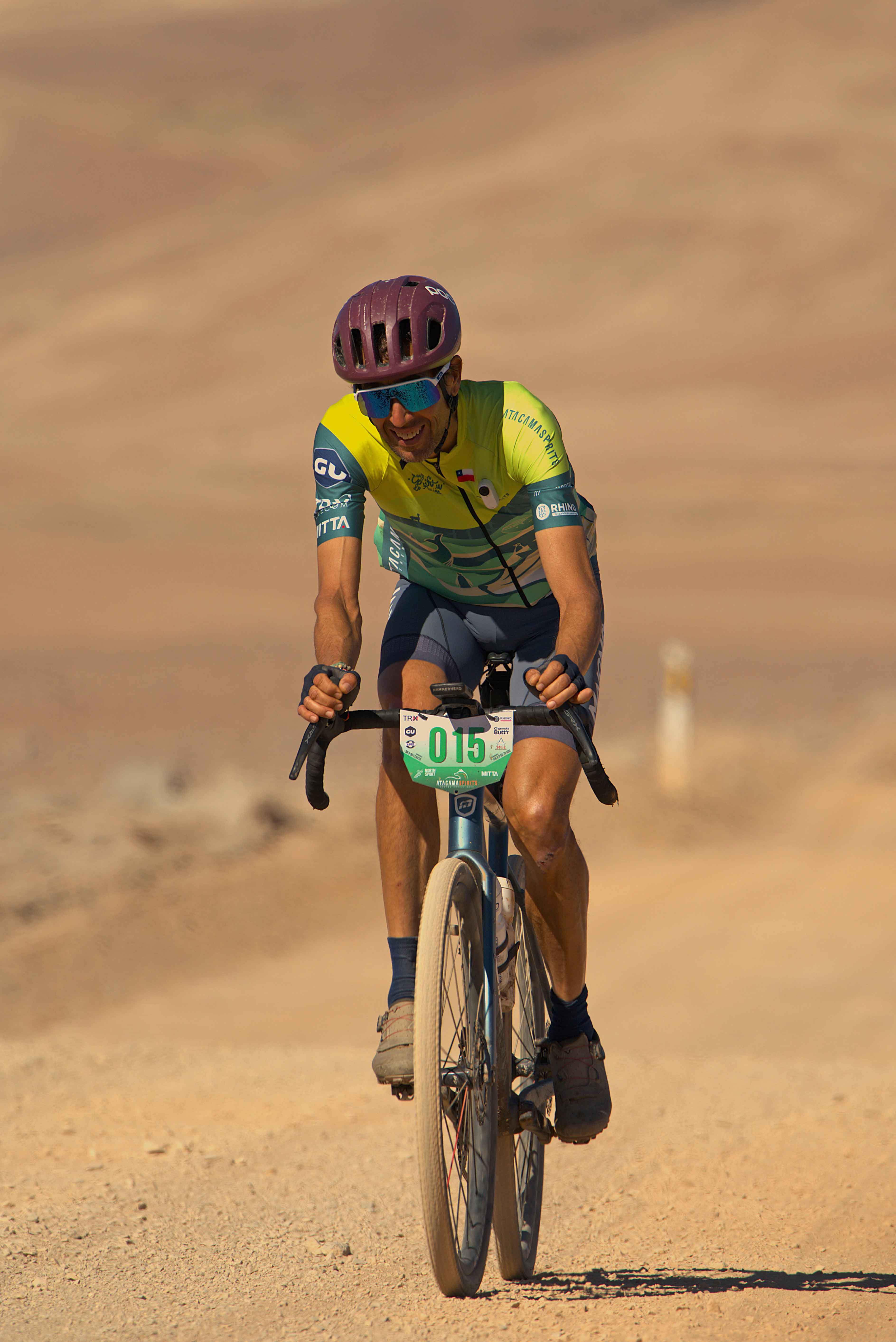
My congratulations to the organisation, to Christian and Fran and the whole team that put together this event having our enjoyment and security as their maximum priority making this a unique event. It was unique by the place, unique by the form in which is made and simply something you should not miss if you have the chance to make it, your gravel journey to become an Atacama Spirit.
If you would like to find out more about the 2026 version of the event, there is a good summary here.
Images courtesy of Atacama Spirit Gravel/Sotofotochile
If you would like to see a little more from the race, you can watch Maddy Nutt’s video recap here: